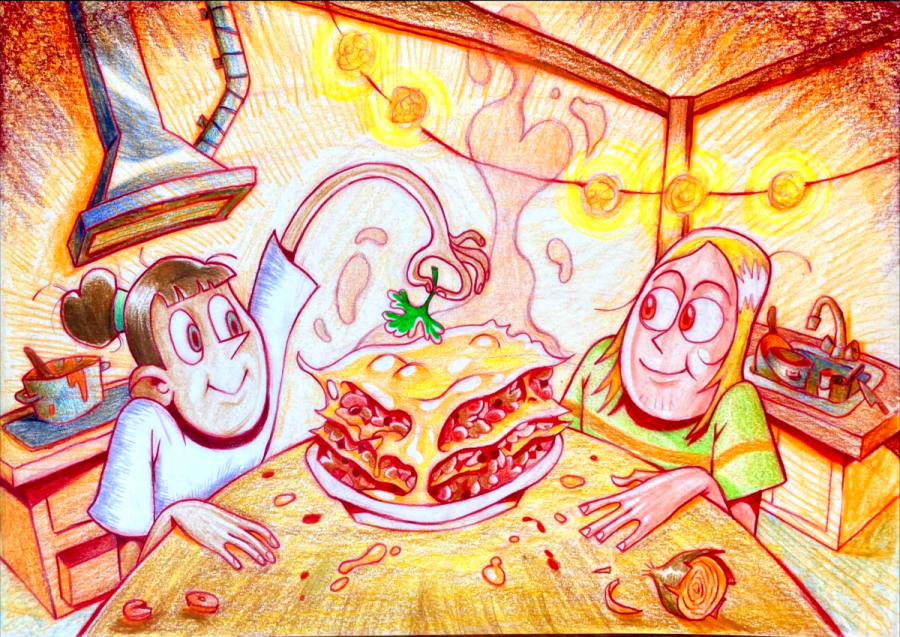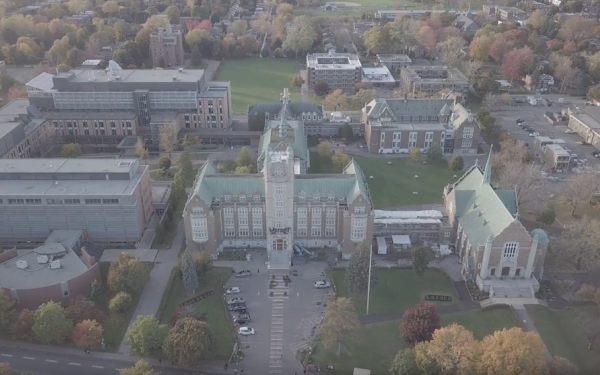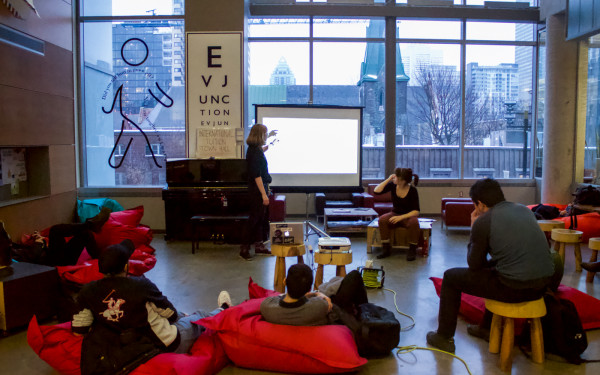My partner turned me into a ‘Foodie’
How one meal gave me a newfound sense of appreciation for the culinary arts
Growing up, I never found the joy that those around me got from eating good food.
When I left for university, my knowledge of food ended at meal prepping my daily macronutrient requirements for my body mass index. My cooking skills were limited to the handful of stir fry and spaghetti recipes that kept me off Uber Eats and impressed the occasional Bumble date. At the time, I thought of food as a means to an end.
That was until I met my partner. She spent most of her childhood in a multicultural environment surrounded by foods from across the world. Her background instilled in her a deep love and appreciation for the culinary arts. Needless to say, it didn’t take long for her to see through my surface-level interest in cooking.
In my defence, my palate was as refined as it could be considering my upbringing. Born and raised in southern Ontario, the food I was exposed to growing up was limited to cuisines embraced in mainstream western society, like Chinese and Greek food. While these ‘Americanized’ dishes hold a special place in my heart, I acknowledge that these foods hold little to no significance within the cultures from which they originate.
Over the past year, my partner has made it a point to introduce me to foods from other cultures which were novel to me like kalbi beef (Korean barbecued short ribs), lychee juice, and homemade Biryani (Indian rice dish). In a little over a month, she helped expand my rudimentary understanding of Japanese cuisine beyond sushi and instant ramen. With each trip to Chinatown and the Old Port we took, I found a newfound appreciation and respect for these cultures simply by eating at traditional restaurants and cooking their custom dishes.
But when it came time for her to introduce me to the foods of her Sri Lankan culture, we didn't have the luxury of these traditional spaces. Unlike the countless Irish pubs and pizza parlours spread across the island, the nearest Sri Lankan restaurant in Montreal was located on the opposite end of the city from us. So when our Skip the Dishes order arrived, we began clearing the clutter off her tiny coffee table, trying to make the most of the space that we had available.
When it came time to eat, I followed my partner’s advice and started with kottu roti. Made by frying diced roti bread, chicken, egg and onion. Its texture reminded me of thanksgiving stuffing with a unique spicy and savory taste. It is the best dish for a beginner like me, she reasoned, since it had the most in common with western tastes. Since then, it has become my go-to take-out order despite the hour and a half delivery time to my apartment.
For every dish I tried that day, my partner acted as my guide, educating me on how to pair and combine different foods to get the most of each dish. Certain foods were easily explained to me through a superficial comparison to a western equivalent.
“Think of mango lassi as our version of a milkshake,” she said. Others, like idiyappam, a collection of thin, light-pink, noodles interwoven into a single unit, we're too distinct for this. To be best understood, I simply had to eat them.
Over the course of that meal, I probably learned more about her culture than I had before from reading history books and news articles. The smallest cultural practices, things too minuscule to be recorded in any travel guide, appear through the act of sharing a meal together. For example, I knew that South Asian food was traditionally eaten with your hands, but I wasn't aware that keeping one's left hand clean while eating was an integral part of dining etiquette in that part of the world.
However, the thing that had the most impact on me was seeing how happy my partner was that I was sharing these foods with her.
“I cannot express how much this means to me,” she said as I reached for a second serving of kottu roti. “I might not be able to take you to my hometown or introduce you to my parents, but this is a part of my home that I can bring to you."
I realized that our visits to these restaurants and markets, which I had perceived as little more than a new pastime, held a much deeper significance for my partner. I used to take for granted that what could be considered my culture's cuisine is readily available to me. But for those who do not have a similar socio-economic background to me, these pop-up restaurants and food trucks are sometimes the closest spaces they can get to a taste of home. It took someone choosing to share the little piece of their home that they had with me for me to start truly loving food.







_600_375_90_s_c1.jpg)